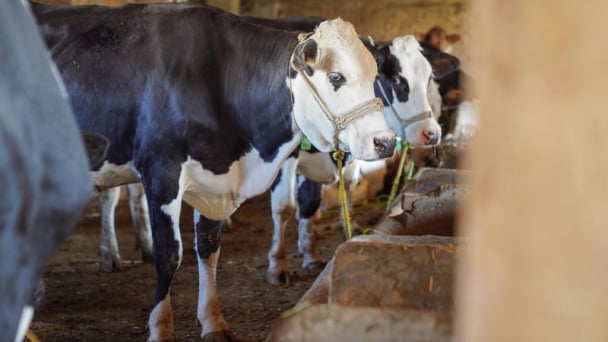May 18, 2025 | 04:47 GMT +7
May 18, 2025 | 04:47 GMT +7
Hotline: 0913.378.918
May 18, 2025 | 04:47 GMT +7
Hotline: 0913.378.918
Top corn importer China could cancel more purchases of the grain from the US because it can buy more cheaply from Brazil, and some local producers of hog feed are replacing corn with wheat.
Corn futures in Chicago, Illinois, have come under pressure from Chinese cancellations of 832,000 tonnes in the past three weeks. Increased competition from Brazil is underscored by forecasts for it to pass the US as the top exporter this year.
China went on a corn buying spree in March, with purchases of almost 4 million tonnes announced by the US government from March 14 to April 14.
However, US corn is less competitive, with supplies from Brazil about US$30 per tonne cheaper for delivery in the third quarter, traders said.
Weak domestic demand for corn as animal feed is also a reason behind the cancelations.
“Demand for corn is really poor,” Henan-based Sinolink Futures (國金期貨) senior analyst Wang Xiaoyang said. “Feed producers are using a lot of wheat to replace corn as prices keep falling.”
Wheat prices are about 180 yuan (US$26) per tonne cheaper than corn in Henan, and they could decline further as a bumper harvest is about to arrive on the market.
Wheat also has a higher protein content than corn, and can be used to replace some of the soybean meal used in feed.
Struggling hog farmers are doing all they can to cut feed costs, so replacing corn with wheat is a natural choice, traders and analysts said.
The Chinese economy is also taking longer than expected to recover from COVID-19, which is affecting restaurant demand for food and consumption of corn for starch.
The country’s corn imports hit a record of more than 28 million tonnes in 2021, before dropping to about 21 million tonnes last year, customs officials said.
Inbound shipments were 7.5 million tonnes in the first three months of this year, up 6 percent from a year earlier, with most of the cargoes coming from the US, Brazil and Ukraine.
The cancelations come as China expects a bumper corn crop.
Farmers in the northeast, the top production region for corn and soybeans, are more inclined to grow corn this year due to higher profits and easier management, despite a government push to grow more soybeans, CITIC Futures said.
(Bloomberg)

(VAN) Fourth most important food crop in peril as Latin America and Caribbean suffer from slow-onset climate disaster.

(VAN) Shifting market dynamics and the noise around new legislation has propelled Trouw Nutrition’s research around early life nutrition in poultry. Today, it continues to be a key area of research.

(VAN) India is concerned about its food security and the livelihoods of its farmers if more US food imports are allowed.

(VAN) FAO's Director-General emphasises the need to work together to transform agrifood systems.

(VAN) Europe is facing its worst outbreak of foot-and-mouth since the start of the century.

(VAN) The central authorities, in early April, released a 10-year plan for rural vitalization.

(VAN) Viterra marked a significant milestone in its carbon measurement program in Argentina, called Ígaris, reaching 1 million soybean hectares measured.